Introduction
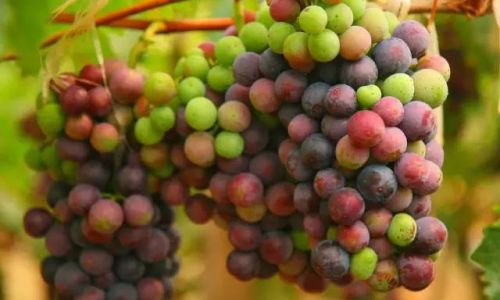
Grapes, with their juicy flesh, vibrant colors, and sweet-tart flavors, are a beloved fruit enjoyed worldwide. From fresh consumption to wine production, grapes play a pivotal role in culinary traditions and agricultural economies. However, one common complaint among grape enthusiasts is the presence of astringency—a drying, puckering sensation on the palate that can detract from the overall eating experience. This article delves into the causes of grape astringency, explores various methods to mitigate it, and offers practical advice for both consumers and grape producers alike. By understanding the underlying factors and employing effective strategies, we can enhance the enjoyment of grapes and their derivatives.
Understanding Astringency
Astringency is a tactile sensation in the mouth caused by compounds known as tannins. Tannins are naturally occurring polyphenols found in the skins, seeds, stems, and sometimes even the pulp of grapes. These compounds bind to proteins in saliva, leading to a precipitation that reduces lubrication in the oral cavity, hence the drying, puckering feeling.
While astringency is often perceived negatively, it serves important functions in the plant world. Tannins act as natural preservatives, protecting grapes from fungal infections and predators. They also contribute to the structure and aging potential of wines, providing backbone and complexity. However, for direct grape consumption, excessive astringency can be off-putting.
Types of Tannins in Grapes
Grapes contain two primary types of tannins: proanthocyanidins (condensed tannins) and hydrolyzable tannins. Proanthocyanidins are more common in grape skins and seeds, contributing to the color and astringency of red wines. They are also found in some white grape varieties, albeit in lower concentrations. Hydrolyzable tannins, on the other hand, are less abundant in grapes but can still influence taste, particularly in certain rootstocks and hybrid varieties.
Factors Influencing Grape Astringency
Several factors contribute to the level of astringency in grapes:
-
Variety: Different grape varieties have inherent differences in tannin content. Some varieties, such as Cabernet Sauvignon and Merlot, are known for their high tannin levels and robust flavors, while others like Pinot Noir and Chardonnay tend to be lower in tannins.
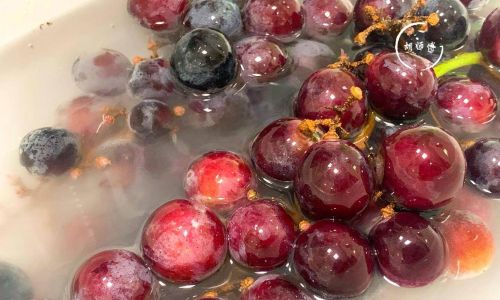
-
Ripeness: As grapes ripen, their sugar levels increase while acidity and tannin content decrease. Harvesting grapes at the optimal ripeness stage can help balance sweetness, acidity, and astringency.
-
Climate: Warm, sunny climates generally promote rapid ripening, leading to grapes with lower acidity and tannin levels. In contrast, cooler climates may result in slower ripening and higher tannin retention.
-
Vineyard Practices: Pruning, irrigation, and fertilization practices can all affect grape composition. For instance, excessive nitrogen fertilization can increase vegetative growth and reduce fruit quality, including tannin levels.
-
Processing: In winemaking, techniques such as crushing, pressing, and maceration (skin contact) influence the extraction of tannins from grapes. Longer maceration periods and more aggressive pressing can lead to higher tannin extraction.
Strategies to Reduce Grape Astringency
Addressing grape astringency involves a multifaceted approach, encompassing vineyard management, harvesting practices, and post-harvest treatments. Here are some comprehensive strategies:
Vineyard Management
-
Soil Health: Maintaining well-drained, fertile soils with adequate organic matter supports balanced vine growth and fruit development. Healthy vines are better able to regulate tannin synthesis.
-
Irrigation: Proper irrigation practices ensure vines receive sufficient water without promoting excessive vegetative growth. Drip irrigation and regulated deficit irrigation (RDI) can help manage vine vigor and fruit quality.
-
Pruning: Thoughtful pruning strategies, such as cane pruning or spur pruning, can influence vine productivity and fruit maturity. Balanced pruning encourages even ripening and reduces the risk of over-tannined grapes.
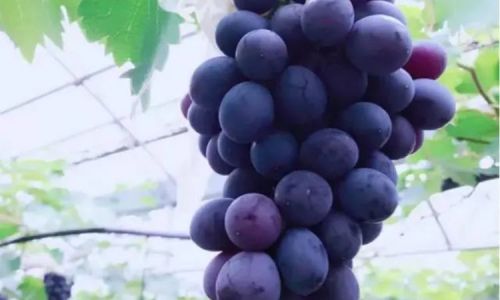
-
Canopy Management: Leaf removal and shoot thinning can improve sunlight exposure on the fruit, promoting even ripening and reducing the synthesis of harsh tannins.
Harvesting Practices
-
Timing: Harvesting grapes at the peak of ripeness balances sugar, acidity, and tannin levels. Regular tasting and analysis of Brix (sugar content) and pH can guide harvest decisions.
-
Selective Harvesting: Hand-picking grapes allows for the selection of only the ripest, healthiest fruit. Sorting out underripe or damaged grapes further refines the quality of the harvest.
Post-Harvest Treatments
-
Cold Soaking: In winemaking, a cold soak involves macerating grapes at low temperatures before fermentation. This practice softens tannins and extracts color without extracting harsh flavors.
-
Fining and Filtering: Fining agents like bentonite, gelatin, or egg whites can be used to precipitate and remove tannins from wine. Filtering can further clarify the wine, reducing astringency.
-
Oak Aging: While oak barrels contribute their own tannins, they also provide vanillin and other flavor compounds that can balance and soften the perception of astringency. The choice of barrel type (French, American, or Hungarian) and toast level affects the final taste profile.
-
Malolactic Fermentation: This secondary fermentation converts malic acid to lactic acid, reducing overall acidity and making tannins feel smoother on the palate.
Consumer-Level Solutions
For consumers who prefer fresh grape consumption, reducing astringency may involve simpler measures:
-
Variety Selection: Choose grape varieties known for their lower tannin content, such as Thompson seedless or flame seedless.
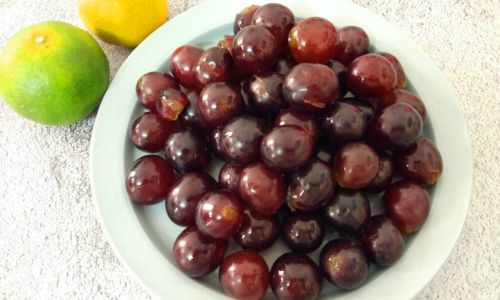
-
Eating Habits: Pairing grapes with creamy foods or fats (like cheese or nuts) can help coat the palate and mitigate astringency.
-
Storage: Properly storing grapes at cool temperatures preserves their freshness and can minimize the development of harsh flavors.
-
Cooking and Baking: Cooking grapes can break down tannins and create new, delightful flavors. Grape jellies, jams, and baked goods often have a softer, less astringent taste.
Conclusion
Astringency in grapes is a complex sensory attribute influenced by multiple factors, from vineyard management to post-harvest treatments. By understanding these factors and employing a range of strategies, both grape producers and consumers can significantly reduce astringency, enhancing the overall eating and drinking experience. For producers, this involves meticulous vineyard management, careful harvesting practices, and thoughtful post-harvest treatments. For consumers, it may simply mean choosing the right grape variety, pairing grapes with complementary foods, or enjoying them in cooked forms.
Ultimately, the goal is not to eliminate tannins entirely but to find a harmonious balance that allows the inherent flavors and aromas of grapes to shine while minimizing the drying, puckering sensation that can detract from their enjoyment. With these strategies in mind, we can all appreciate the full spectrum of what grapes have to offer.
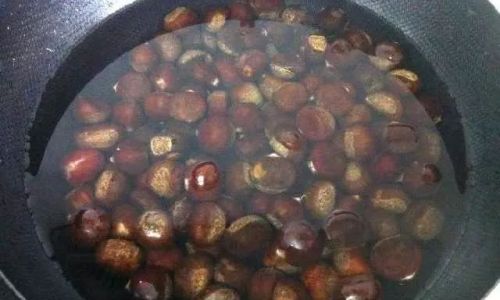
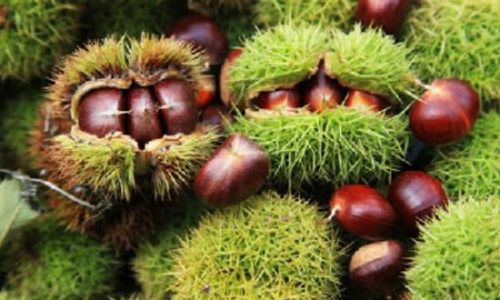
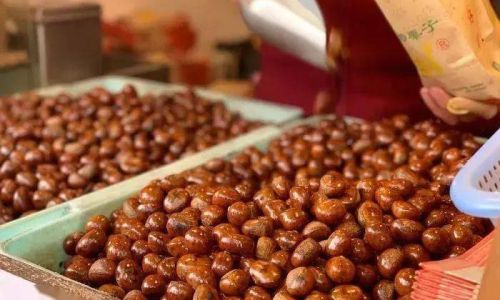
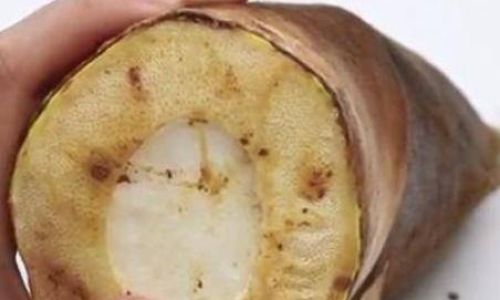
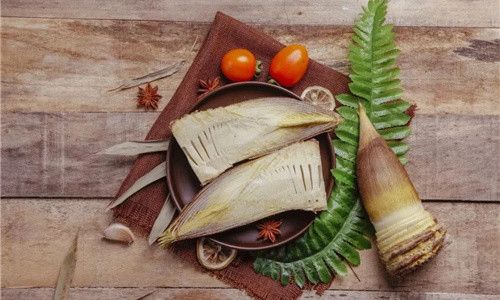
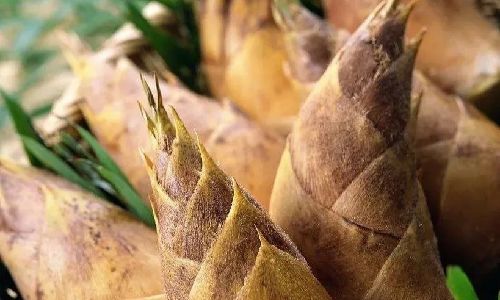
0 comments